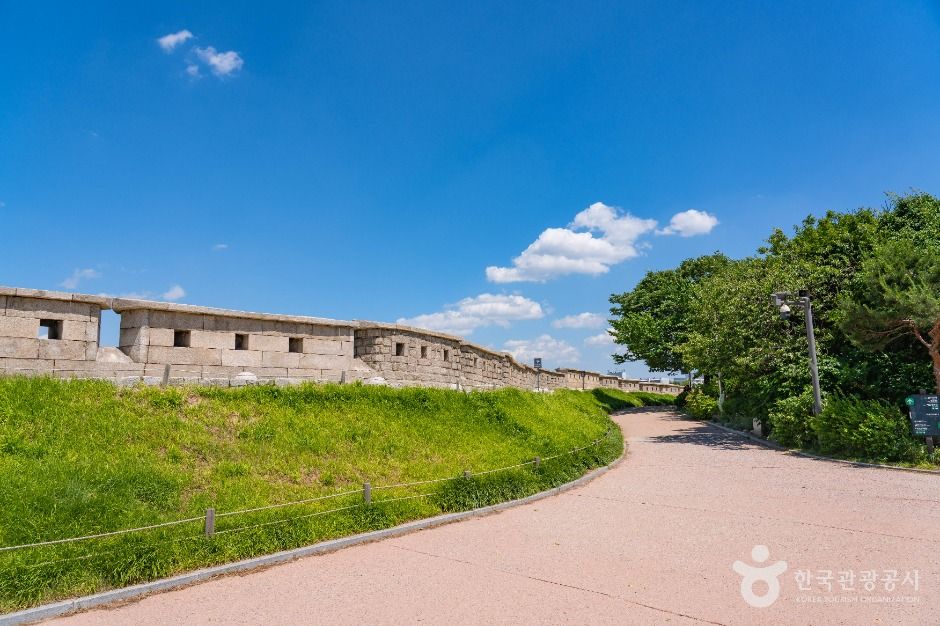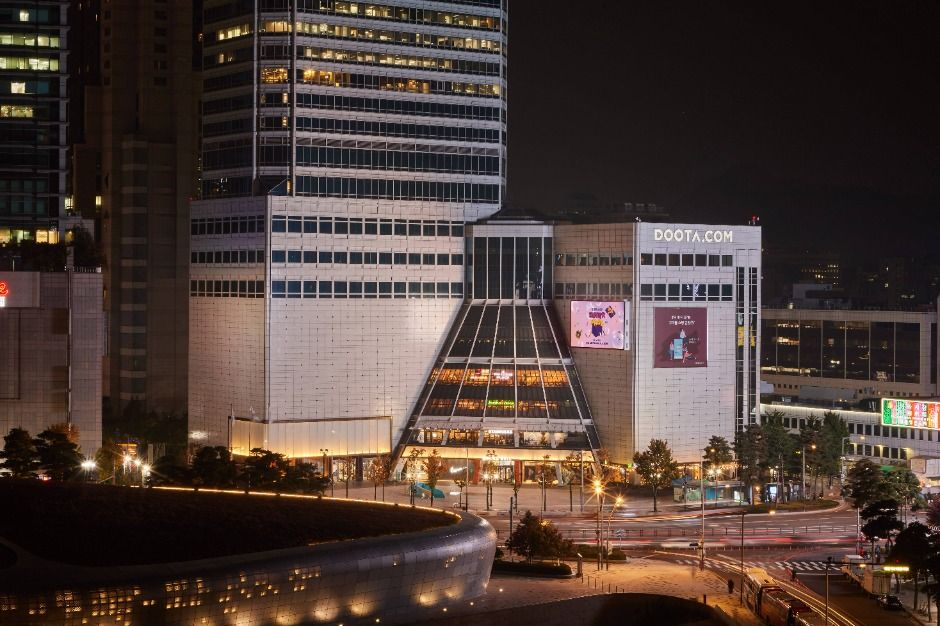Tonymoly - Dongdaemun Branch [Tax Refund Shop] (토니모리 동대문)
3.0Km 2024-04-18
257, Jangchungdan-ro, Jung-gu, Seoul
-
Golden Tour Korea DMC (골든투어코리아 디엠씨)
3.0Km 2025-10-23
(#1227), 173 Mapo-daero, Mapo-gu, Seoul
Since its establishment in 2013, Golden Tour Korea DMC has been offering high-quality, customized travel services worldwide, focusing on premium travel experiences and diverse Korean tour products. In addition, the company actively organizes incentive tours, corporate meetings, government forums, business trips, family vacations, educational programs, and foreign patient attraction activities in Europe. Golden Tour Korea DMC designs tour products tailored to meet customers’ needs, with expert tour operators providing consulting to enhance customer satisfaction. The company maintains strong collaborations with numerous international partners. With extensive experience and expertise in the travel industry, Golden Tour Korea DMC will do its best to create beautiful memories and make the next chapter of your life unforgettable.
Hoopcity Dongdaemun [Tax Refund Shop] (HOOPCITY 동대문)
3.0Km 2024-04-18
1F, 324, Toegye-ro, Jung-gu, Seoul
-
Olive Young - Ewha Womans Univ. Jungang Branch [Tax Refund Shop] (올리브영 이대중앙)
3.0Km 2024-04-18
43, Ewhayeodae-gil, Seodaemun-gu, Seoul
-
Jellycrew - Ewha Womans Univ. Branch [Tax Refund Shop] (젤리크루 이대점)
3.0Km 2024-06-27
26, Ewhayeodae-gil, Seodaemun-gu, Seoul
-
Naksan Park (낙산공원)
3.0Km 2025-10-23
41 Naksan-gil, Jongno-gu, Seoul
+82-2-743-7985
Naksan Mountain (alt. 125 meters) is one of the four inner mountains of Seoul, and can be accessed by following the road leading to the mountain entrance from Daehangno and Dongdaemun. It was also called Naktasan Mountain, which can be translated to Camel Mountain, because the terrain resembled a camel's back. It also had another name, Taraksan Mountain, “tarak” meaning fermented milk, because there was a royal ranch in the area that supplied milk to the palace. After the 1960s, the original appearance of Naksan Mountain disappeared due to apartments and dense housing, and the Seoul Metropolitan Government established a restoration plan. As part of this plan, a park project was carried out, and it opened Naksan Park in July 2002. Currently, Naksan Park has established itself as a resting place for citizens to feel the beautiful atmosphere of Hanyangdoseong, or the Seoul City Wall, and green forests. It has gained much popularity as a place for seeing the most beautiful night view in Seoul.
Doota Mall (두타몰)
3.0Km 2025-10-23
275, Jangchungdan-ro, Jung-gu, Seoul
Doota Mall is a must-visit shopping destination that represents Dongdaemun-the center of K-fashion and culture in Seoul. Doota offers a true one-stop shopping experience across fashion, beauty, lifestyle, and dining-from K-designers, sportswear, women and men's apparel to a wide variety of cafes and restaurents. Open until midnight, Doota welcomes intenational travelers with special gifts and exclusive benefits.
Olive Young - Doota Branch [Tax Refund Shop] (올리브영 두타)
3.0Km 2024-04-19
4F-51, Doosan Tower Bldg., 275, Jangchungdan-ro, Jung-gu, Seoul
-
Arirang 331 - Doota Branch [Tax Refund Shop] (아리랑331 두타)
3.0Km 2024-04-18
4F-028, 275, Jangchungdan-ro, Jung-gu, Seoul
-
National Geographic - Doota Branch [Tax Refund Shop] (내셔널지오그래픽 두타)
3.0Km 2024-04-18
B1F #05, 275, Jangchungdan-ro, Jung-gu, Seoul
-

![Hoopcity Dongdaemun [Tax Refund Shop] (HOOPCITY 동대문)](http://tong.visitkorea.or.kr/cms/resource/51/2878751_image2_1.jpg)
![Jellycrew - Ewha Womans Univ. Branch [Tax Refund Shop] (젤리크루 이대점)](http://tong.visitkorea.or.kr/cms/resource/58/3313658_image2_1.jpg)


![Olive Young - Doota Branch [Tax Refund Shop] (올리브영 두타)](http://tong.visitkorea.or.kr/cms/resource/99/2878699_image2_1.jpg)
![Arirang 331 - Doota Branch [Tax Refund Shop] (아리랑331 두타)](http://tong.visitkorea.or.kr/cms/resource/00/2878700_image2_1.jpg)
![National Geographic - Doota Branch [Tax Refund Shop] (내셔널지오그래픽 두타)](http://tong.visitkorea.or.kr/cms/resource/04/2878704_image2_1.jpg)
 English
English
 한국어
한국어 日本語
日本語 中文(简体)
中文(简体) Deutsch
Deutsch Français
Français Español
Español Русский
Русский